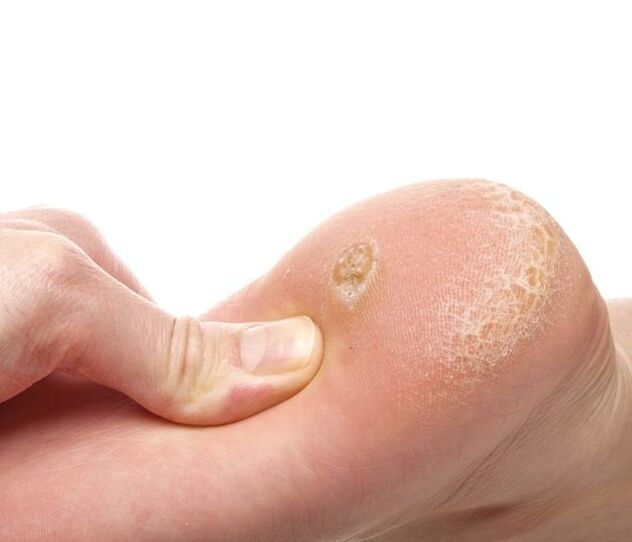
A wart in the corner is a tumor that can cause great discomfort to the patient. The growth is caused by the papillomavirus and mainly affects the damaged skin of the heel. It looks like a flexible and dense formation in the epidermis, covered with a dry crust.
Causes of warts on the heel
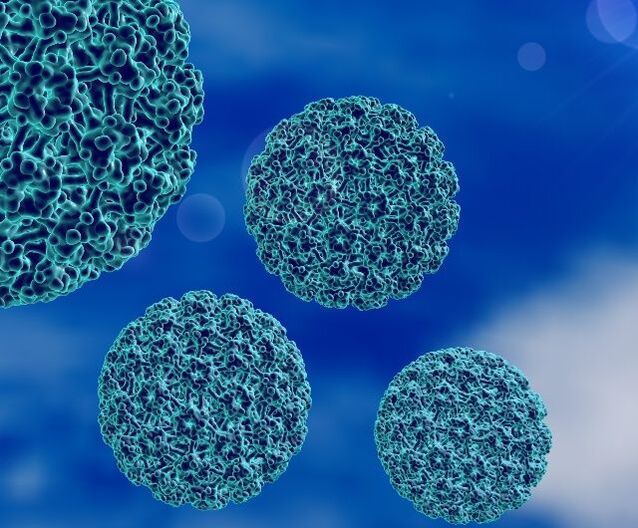
The papillomavirus can infect different parts of the human body, which causes the proliferation of epithelial tissue. Heeled shoes are no exception. Warts are usually formed here, which are provoked by HPV types 1, 2, 4, 27 and 57. In total, there are at least 100 strains of pathogens in the world. It is highly contagious and widespread, so about 80% of the world's population is a carrier of this virus.
Warts account for 1/3 of all benign tumors localized in the heel. It is quite easy to get infected with HPV, which causes their appearance - the virus is transmitted from a sick person to a healthy person in everyday life, as well as as a result of casual contacts in crowded places. Using other people's personal hygiene items, walking barefoot on the floor in places where many people are (gyms, changing rooms, saunas, swimming pools) are all ways of transmitting papillomavirus.
Contrary to popular belief, it is almost impossible to get infected with HPV and "find" a wart on your heel at the beach. This pathogen is quickly killed when dried and exposed to sunlight.
The formation of warts on the heel does not always occur immediately after infection with the papillomavirus. People with strong immunity are usually not susceptible to the development of warts and papillomas. The body's defense system suppresses the pathogen and does not cause health damage. But as soon as the immune system fails, which occurs in case of overload, hypothermia, infectious diseases, hormonal imbalance, poor nutrition, poisoning, HPV can become active and manifest itself as a skin tumor.
In addition, many factors accompany the appearance of warts in the corner:
- Traumatization of the epidermis in the corner - cracks, abrasions, scratches, cuts;
- Using ill-fitting shoes that pinch, crush or rub the skin;
- Diseases that cause trophic changes in soft tissues - varicose veins, diabetes, atherosclerosis;
- Deformation pathologies of the lower limbs - flat feet, arthritis, osteoarthritis and others;
- Excessive sweating or excessive dryness and sensitivity of the epidermis on the feet.
As a general rule, if the virus is not very active and the immune system resists, warts on the heel may appear in singular. If the pathogen is very active, massive damage to the heel and foot due to warts is possible.
Methods of diagnosing warts on the heel
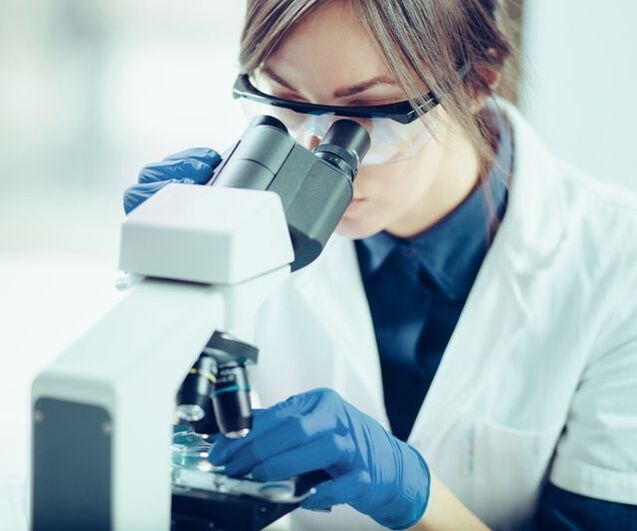
Due to the constant pressure on the feet and heels, warts in this area often look very similar to corns and calluses. Therefore, it is not so easy to identify them. An exceptional dermatologist can make an accurate diagnosis and differentiate the growth from other pathologies. For this, a procedure called dermatoscopy is most often performed.
To perform the qualitative test, the stratum corneum of the epidermis is scraped off and a sample is taken. The obtained scraping is sent to the laboratory. There, they confirm or deny the presence of HPV.
A visual examination can also help to create a clear picture of the disease. In the case of a wart on the heel, there is no skin pattern on its surface. Blackheads are also visible. These are signs of clogged capillaries.
If necessary, an ultrasound examination is prescribed, which helps to determine the depth of penetration of the so-called "roots" of the wart deep into the skin.
Differential diagnosis of tumors in the heel is necessary in the following cases:
- Presence of oncological changes in the patient;
- Foot deformities of various etiologies;
- Reiter's syndrome, which can trigger the development of keratoderma;
- Syphilis, which can cause painful ring-shaped growths on the legs and hands.
In order to clarify the diagnosis, a blood test for HPV and syphilis and a general analysis are also performed.
Why is it important to treat warts on the heel?
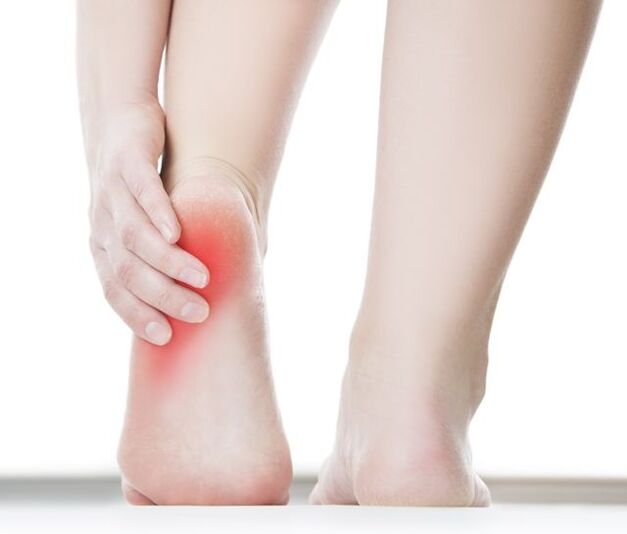
Although warts in the corner are considered a fairly harmless pathology, consultation with a doctor and treatment should not be delayed. Over time, the disease may worsen. In addition, self-medication at home can suppress only the external manifestations of papillomavirus infection. At the same time, the virus remains in the blood and causes regular recurrence of warts on the body.
It is also worth noting that the neglected wart in the corner will progress and continue to grow. Moreover, given the external pressure on the leg, the neoplasm grows inside the skin and affects the soft tissues deeper and deeper. This causes compaction of the layers of the epidermis and the formation of blood clots in the capillaries, which manifests itself in the form of dark dots on the surface of the growth. Gradually, the wart in the corner begins to cause severe pain.
Treatment of the wart in the corner is necessary in case of the following symptoms:
- Severe pain in the area of growth;
- Rapid growth of the wart and damage to new areas of the heel;
- Discomfort while walking and when supporting the leg.
It should also be remembered that a patient infected with HPV poses a danger to others, as he is a carrier of the virus. The relatives of such a person are at risk of infection at home.
Only comprehensive treatment can help to completely get rid of pathological tumors and suppress the virus, as well as avoid relapses.
Ways to treat warts on the heel
Only combined therapy helps those who do not know how to get rid of a wart on the heel. This is an opportunity not only to eliminate the tumor and its associated discomforts, but also to lead a full life without posing a danger to others. Warts are treated with special drugs, instrumental removal methods, and sometimes you can also resort to traditional medicine.
Medicines for the treatment of warts on the heel
There are a wide variety of medications available to treat corner warts. They can be classified into different groups based on their composition and the characteristics of their effect on the tumor and the disease-causing virus.
Let's look at the main groups of funds:
- Acidic substances. These drugs are available in pharmacies without a prescription and are usually inexpensive. They have a pronounced cauterizing effect. Salicylic acid gives good results. To remove warts in the corner, a solution with a concentration of 10-60% is required. The product should be applied once a day until the tumor is completely destroyed. This material is not suitable for diabetics and cancer patients. The analogue of salicylic acid is trichloroacetic acid.
- Alkaline products. These substances have approximately the same effect on pathological tissues as the previous ones. The wart is also cauterized and the diseased areas of the dermis are destroyed. The most popular drug from this group causes tissue necrosis, so it should be used according to the instructions and with caution in relation to adjacent healthy tissues.
- Antifreeze drugs. Until recently, heel warts were only frozen with liquid nitrogen in hospital settings. Now this procedure can be performed at home with the help of special pharmaceutical preparations. A mixture of dimethyl alcohol and propane works well. The refrigerant is liquid nitrogen. The product helps to remove warts on the heel and has a harmful effect on the papilloma virus. The use of this medicine requires special care so as not to damage healthy tissue.
- Antiviral creams, gels, ointments. These remedies are effective because they act directly on the cause of warts - HPV. Although, more often than not, a longer exposure to the tumor is required than in the case of aggressive cauterizing substances. One of the most effective drugs of this group is an ointment based on the extract of potato shoots. It has a herbal composition and helps to stimulate the production of interferon in the body, disrupts the recovery process of viruses and causes rapid death.
- Immunomodulating external agents. They are quite effective when it comes to a single small wart on the corner. They help stimulate the local immune response, and the body suppresses the virus on its own. Interferon-based ointment is popular. Long-term use is required - at least 4 weeks, until the pronounced therapeutic effect appears.
- Tablet antiviral and immunomodulating drugs. If the concentration of HPV in the blood is high, the doctor may prescribe immunomodulatory or antiviral therapy with oral tablets. This suppresses the pathogen from within, avoiding the risk of relapse. This is especially important in immunocompromised conditions.
If local cauterizing agents can be used independently to treat warts on the heel, following the instructions, oral medications can only be prescribed by the attending physician based on these tests.
Instrumental methods to remove warts on the corner
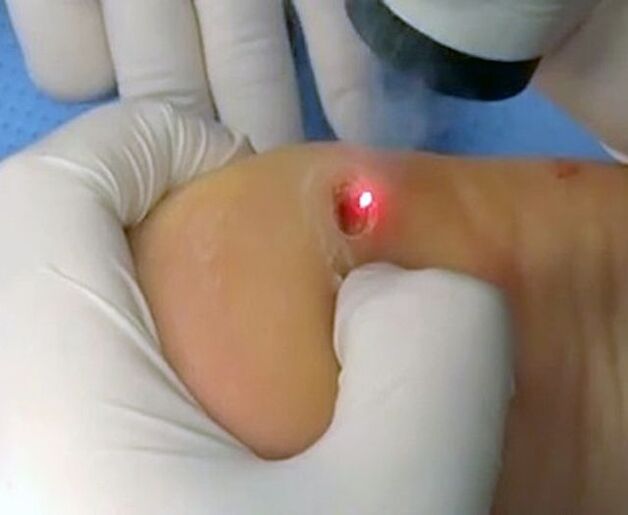
Today, there are many effective ways to remove a wart in the corner using various tools. Modern clinics offer many highly effective instrumental techniques at different costs:
- Electrocoagulation. Long-advanced heel warts are usually rooted deep in the dermis. Electrocoagulation does not involve deep penetration into soft tissues. Therefore, this method is used only for the treatment of small, superficial formations. In addition, electrocoagulation often leaves scars.
- Cryodestruction. One of the most popular ways to remove warts on the heel is to use liquid nitrogen. In addition, it is a fairly cheap method of influence. Scars rarely remain after the manipulation. But the effectiveness of the method depends on the skill of the doctor, as it is necessary to determine the depth of the roots of the growth before removing the wart from the heel. Otherwise, the tumor may recur. The surgery is quick, as is the period of tissue regeneration.
- Laser removal. One of the most modern, minimally invasive methods of treating abnormal skin growths. It makes it possible to achieve a good cosmetic effect. The penetration depth of the laser beam can be easily adjusted, unlike liquid nitrogen. The procedure is short and virtually painless. The wound in the heel also heals quickly and without complications. Relapses after laser treatment of warts in the corner are almost impossible.
- Radio wave removal. In this case, the warts are cut out with a special radio knife. At the same time, the vessels are cauterized to avoid the spread of the virus to healthy tissues and bleeding. After such an operation, there is a short recovery period and there are practically no scars.
- Surgical excision. This method can be considered outdated, but it is used in many cases. For example, when the growth is very large and further histological examination of the removed tissue is required. The operation is quite painful, it is performed under local anesthesia, and the recovery period can last several weeks. Bleeding and inflammation are also possible. Scars are often formed. The relative advantage of this method of treating warts in the corner is the low cost.
How to treat a wart on the heel is the responsibility of the patient and the attending physician. Most often, the most gentle and minimally invasive techniques are chosen - laser and radio wave removal of growths.
Folk remedies warts on the corner
If you have a wart on your heel and you don't know what to do, you can try to treat it with some substance at home. Thus, acetic acid, celandine juice, garlic juice, etc. popular among "traditional healers". These remedies are less effective than pharmaceutical drugs or instrumental methods. However, with regular use, they can have a positive effect. The main condition is not to stop treatment until the growth is completely gone.
It can also provide real help in the treatment of warts on the heel if it has an immunomodulating effect on the body using folk methods. To do this, take decoctions of the following plants: rosehip, coltsfoot, sea buckthorn, mint, chamomile, lemongrass, blackcurrant and raspberry leaves, calendula. These plants help to strengthen immunity, especially in cold weather when there are not enough fresh fruits and vegetables. It is also useful to consume freshly squeezed fruit juices and various fruit drinks and compotes.
Prevention of warts on the corner
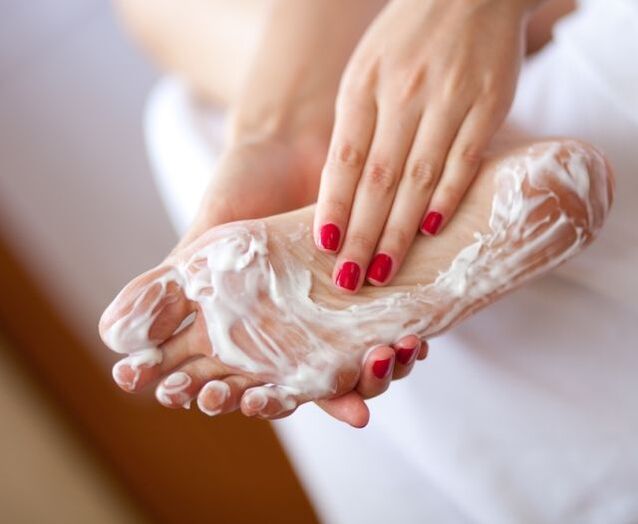
Prevention of human papillomavirus infection is the most effective way to combat it. Therefore, observe the rules of personal hygiene, do not use other people's items and always wear changeable shoes in public places.
If you have already been infected with HPV and have warts on your heels, start treatment right away. After removing growths, carefully monitor the condition of your feet.
If you suffer from hyperhidrosis, use only shoes made of natural materials that are comfortable and breathable. If your feet are deformed, wear orthotic shoes to take excess stress off your feet.
Don't forget a hygienic pedicure, use moisturizing creams if the skin on your heels is dry. Avoid the formation of cracked corners. The recurrence of tumors can be prevented with simple rules of prevention.
Warts on the heel are potentially harmless tumors, but they can cause considerable discomfort to the patient, as they press on the tissue during their growth and cause pain. In addition, we must not forget that these are viral formations, therefore man is the source of infection. Therefore, the treatment of warts on the heel should be done under the supervision of a doctor.















































































